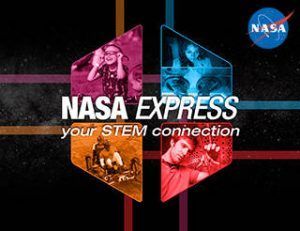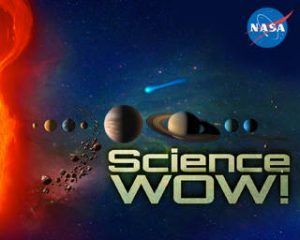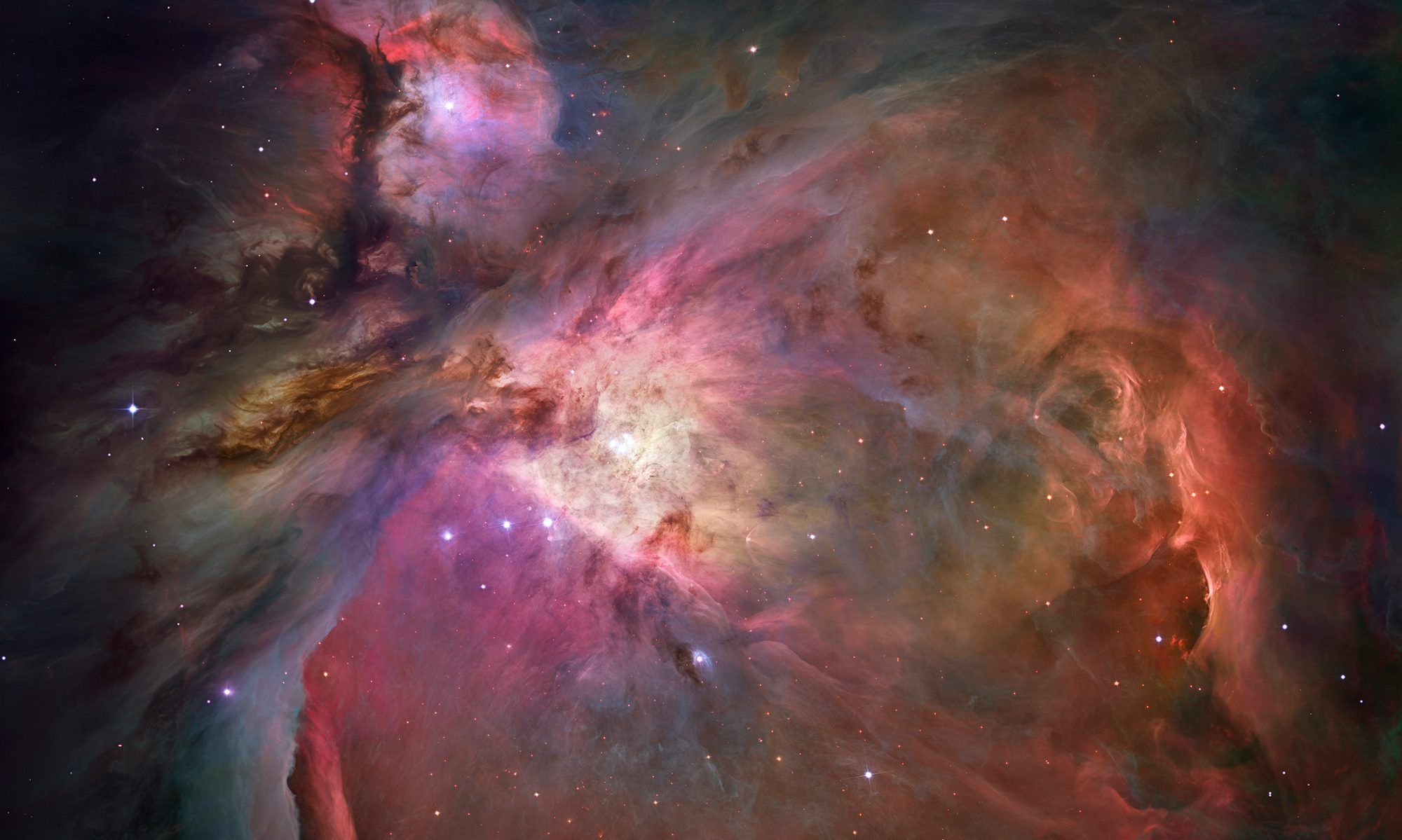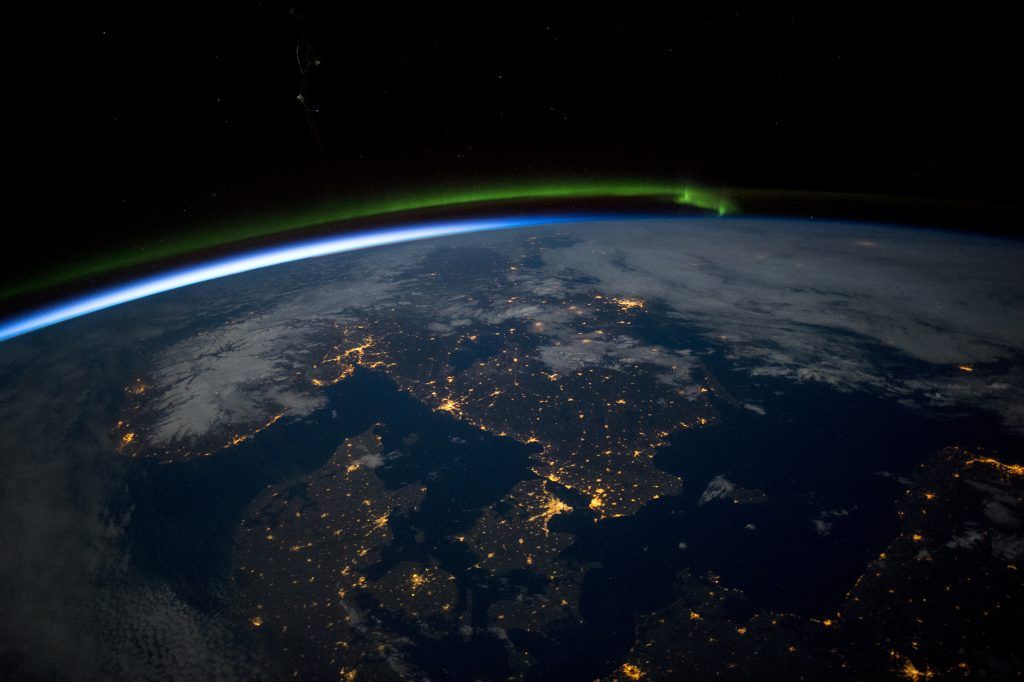Based on official guidance from JHU, public Observatory events are suspended until further notice.
Mercury on the Face of the Sun: 11/11/19
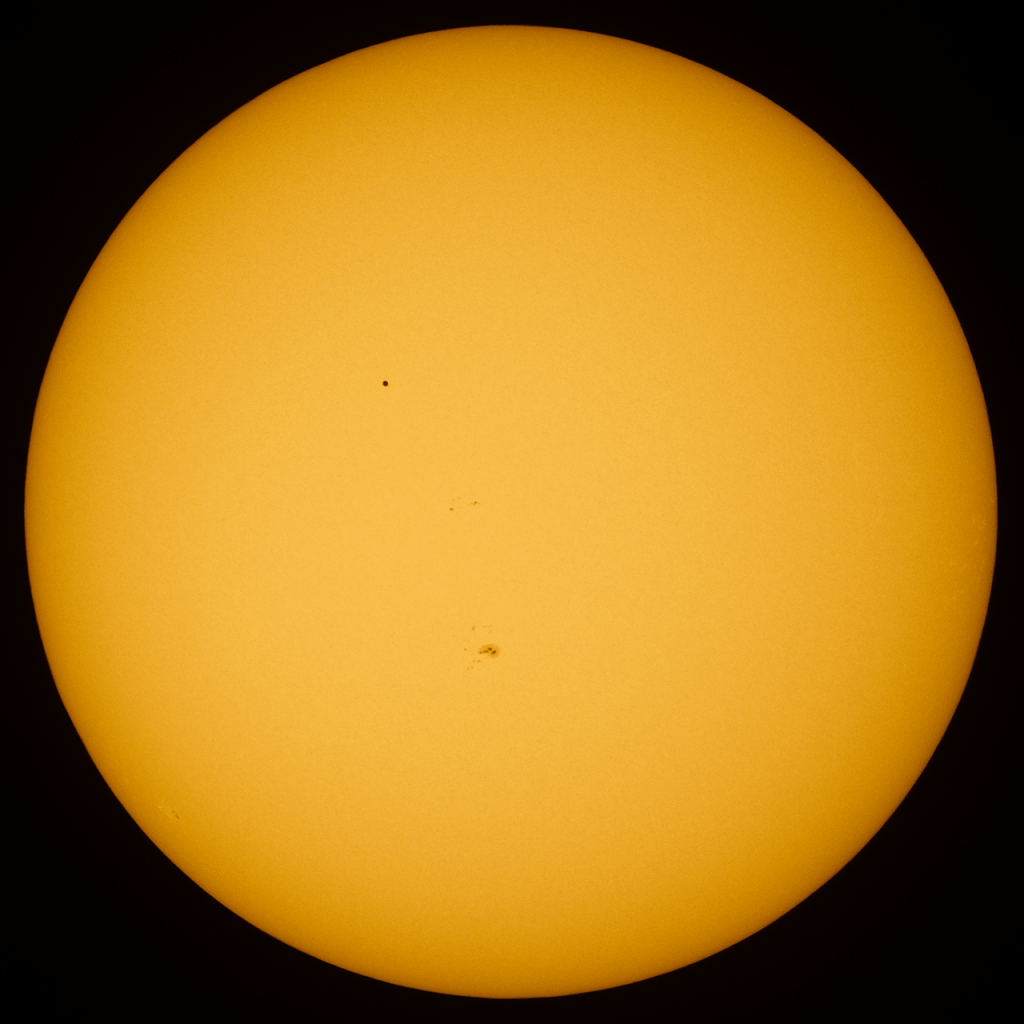
On November 11, 2019, tiny planet Mercury crossed between Earth and the Sun. Observers fortunate enough to be beneath clear skies on the sunward side of the Earth when this happens could hope to view the celestial conjunction, officially known as a transit. Transits of Mercury occur about a dozen times per century. The most recent was in 2016, and the next is in 2032! (In 2032 the transit will not be visible from North America.)
Mercury is quite small, so eclipse glasses are not sufficient to see it. Properly configured solar binoculars, or ideally a high magnification solar telescope, are needed. Always use caution when observing the Sun!
Thanks to those who came up to join us at the Maryland Space Grant Observatory, as we trained our telescopes to follow the transit from approximately 9:00 a.m. — 1:00 p.m. EST. Here is a NASA video showing the full transit:
For more information about the 11/11/2019 Mercury transit, check out this page from NASA JPL or this very detailed page at EclipseWise.com.
Microscopes and Telescopes – Oct. 18
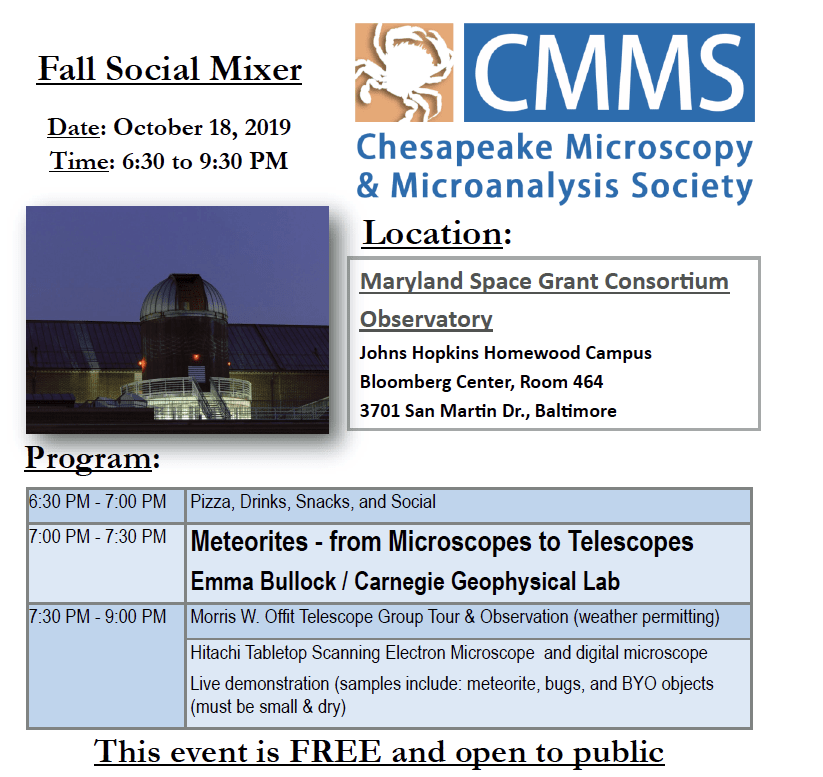
We are pleased to announce a special event at the Observatory on Friday, October 18th! In partnership with the Chesapeake Microscopy & Microanalysis Society, MDSGC will host a public lecture, “Meteorites – from Microscopes to Telescopes” by Emma Bullock. The event will also feature microscopy demonstrations and astronomical observing, weather permitting. See the event flyer for more details (click on image above).
Even if you’ve missed the chance to register, you can still join us for the demonstrations and observing starting around 7:30 p.m.!
2019 Student Research Symposium
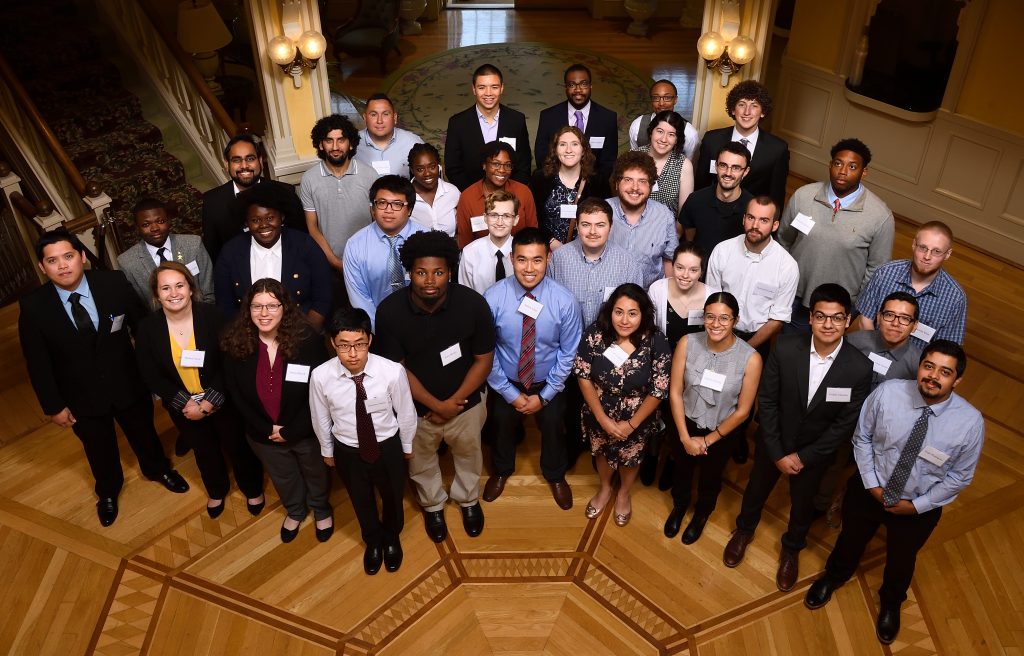
The 2019 MDSGC Student Research Symposium, held Saturday, July 27, showcased presentations by more than 30 student interns and researchers working at sites across Maryland. Institutions represented included Capitol Technology University, Goddard Space Flight Center, Hagerstown Community College, Johns Hopkins University, Morgan State University, Towson University, University of Maryland Baltimore County, University of Maryland College Park, and University of Maryland Eastern Shore. We congratulate our students on a successful summer and look forward to seeing more of their work in the future!
The full program follows, including links to presentation files (in PDF) where available. This page will be updated as final presentation versions are submitted.
Talk Session 1
Poster Session
Manufacturing Detailed 3D Models of Spacecraft Hardware in Support of Goddard Mission Proposals — Marcelo Arispe-Guzman
Dusty Plasma Lab: Voltage Amplifier Design and Construction Using Piezoelectric Elements — Marcus Bailey
Autonomous Instrumented Robotic Sensory Platforms to Advance Creativity and Engage Students (AIRSPACES) — Zachary Chavez
Spectroscopy Diagnostics/Mirrors for Critical Ionization Velocity Measurements — Kim Frost
Superhero Physics as a Teaching Tool in Introductory Physics (PDF) — Jasmine Jackson
A Model for Intergalactic Dust and its Impact on the Extragalactic Background Light (PDF) — Maegan Jennings
Gravitational Lensing and a First Test of Exotic Topology (PDF) — Greg Kuri
Development of Spacecraft Contact Analysis and Maneuver Planning Scenarios for Spacecraft Operations Training — Lucia Stainer
Dust Size Characterization through Microscopy — Bojiun (Andy) Tsao
Decoding Light Characteristics in Space — Shuchen Zhang
Reliability of Stormwater Best Management Practices in Washington, D.C. (PDF) — Mohammadreza Jabehdari
3D Design and Manufacturing Analysis of Liquid Propellant Rocket Engine (LPRE) Nozzle (PDF) — Marc Caballes and Sam Alamu
Talk Session 2
Moon Landing Celebration July 15, 2019

Thanks to everyone who came out to commemorate the 50th anniversary of the Apollo 11 lunar landing!
2019 JHU Physics Fair
The weather cooperated! And we had a good turnout for the 16th Annual Physics Fair at JHU, sponsored in part by MDSGC, which was held from 11-5:30 p.m. on Saturday, April 27th, 2019.
Each year during the Physics Fair, the Bloomberg Center for Physics & Astronomy on JHU’s Homewood Campus (click here for directions) is open to the public and hosts activities, competitions, shows, and many hands-on physics demonstrations to intrigue the mind and delight the senses. This family-friendly STEM event is especially designed to inspire future scientists. We hope you can join us next year!
If you attended this year and haven’t already done so, we encourage you to fill out this brief survey to let us know what you think! As always, you can find more information to stoke your scientific curiosity at the Physics Fair Links page.
Hope to see you next year!
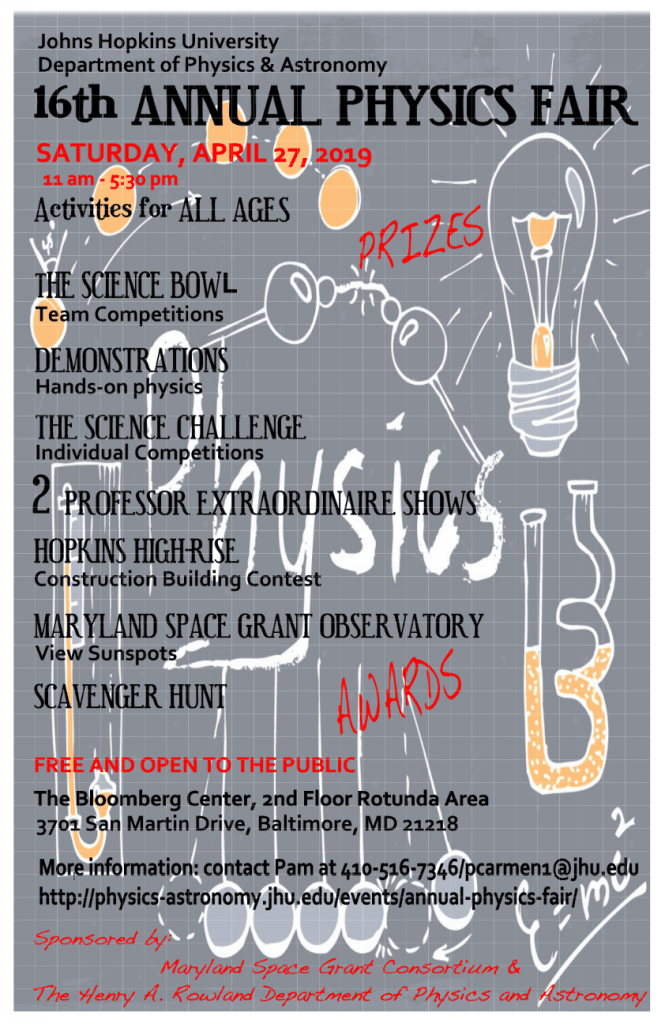
NASA and ISS Videos
Watching live coverage of the successful NASA Mars Insight landing yesterday reminded us of some other excellent space videos we’ve seen lately.
Here’s one to mark NASA’s 60th anniversary. Like science fiction, but real:
Also celebrating an anniversary recently, in this case its 20th, was the International Space Station (ISS). A long sequence of Earth from orbit, with some landmarks identified:
As long as we’re on the topic, here’s one more from ISS. An inbound rocket launch:
Hope you enjoy them as much as we did. If you’re curious about the image at the top, click on it to learn more!
Quaternions Turn 175
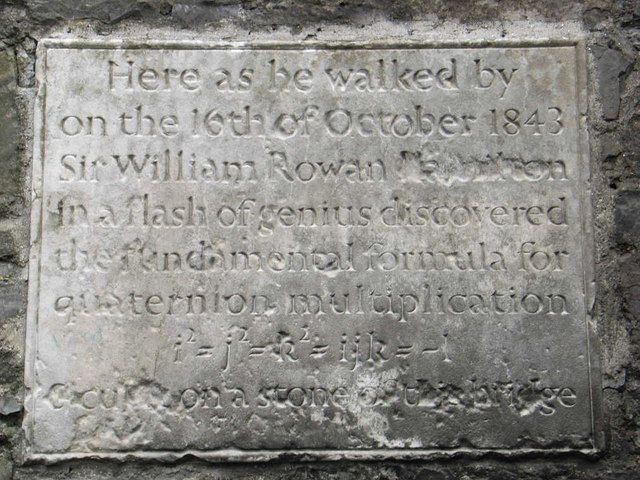
Tuesday, October 16, 2018, is the one hundred and seventy-fifth anniversary of the discovery of quaternions, one of the most difficult discoveries ever in the history of mathematical physics. The discovery was made — in a sudden moment of inspiration following 11 years of studious toil — by Sir William Rowan Hamilton as he was crossing Brougham Bridge, in Ireland, with his wife. On the spot, or so it is said, he carved his famous equations on the bridge.
Some years later, Hamilton recalled:
They started into life, or light, full grown, on the 16th of October, 1843, as I was walking with Lady Hamilton to Dublin, and came up to Brougham Bridge. That is to say, I then and there felt the galvanic circuit of thought closed, and the sparks which fell from it were the fundamental equations between I, J, K; exactly such as I have used them ever since. I pulled out, on the spot, a notebook, which still exists, and made an entry….
Although Hamilton’s original inscription does not survive, the plaque shown above hangs on the bridge to this day in commemoration both of Hamilton’s discovery and of his sudden inspiration. The plaque reads:
Here as he walked by
on the 16th of October 1843
Sir William Rowan Hamilton
in a flash of genius discovered
the fundamental formula
for quaternion multiplication
i2 = j2 = k2 = i j k = -1
& cut it on a stone of this bridge
Here’s to Hamilton, to quaternions, to bridges, and to inspiration!
2018 Student Research Symposium
MDSGC held its 2018 Student Research Symposium on Saturday, July 28th, at the Mt. Washington Conference Center in Baltimore, MD. The overall schedule was:
Click here for directions to the Mt. Washington Conference Center.
Click here for presentation guidelines (PDF).
The full program follows, including links to presentation files (in PDF) where available. This page will be updated as final presentation versions are submitted.
Talk Session 1
Poster Session
Dusty Plasma Lab: SPARK Circuit and Frequency Testing (PDF) — Marcus Bailey
Biobot (PDF) — Erik Bryson
Engineering Outreach through Summer Programs (PDF) — Crista Campbell
Why is the Sky Dark at Night? Olbers’ Paradox and its Resolutions (PDF) — Kayleigh Gallagher
Solar-System Bodies as Tests of New Physics (PDF) — Amelia Genus
CACTUS-1: Coordinated Applied Capitol Technology University Satellite (PDF) — George Giakoumakis
Black Hole Firewalls and the Information Paradox (PDF) — Carson Goettlicher
Exotic Spacetime Topology as an Alternative to Dark Matter and Energy (PDF) — Greg Kuri
Far-Red Light Photoacclimation (FaRLiP) at the Dry Limit of Life (PDF) — Bayleigh Murray
Cosmology Large Angular Scale Surveyor — Andre Nottingham II
The Metallicity Gradient of the Ultra-faint Dwarf Galaxy Population — Karl Osterbauer
Classroom Simulation of Gravitational Waves from Orbiting Binaries (PDF) — Jon Perry
Spacecraft Flight Deck Simulator: Neutral Buoyancy Docking Simulation (PDF) — Corey Vernon
Station Observation & Locating Optimizer (PDF) — Ahmed Woodson
Talk Session 2
NASA Express and Science WOW!
Attention, STEM educators, students, and space enthusiasts! Did you know NASA has a weekly service providing information about student and educator opportunities — workshops, scholarships, internships, and more — as well as inspirations for the latest and greatest ideas for science education? If you’re not already registered, head over to the NASA signup page now!
